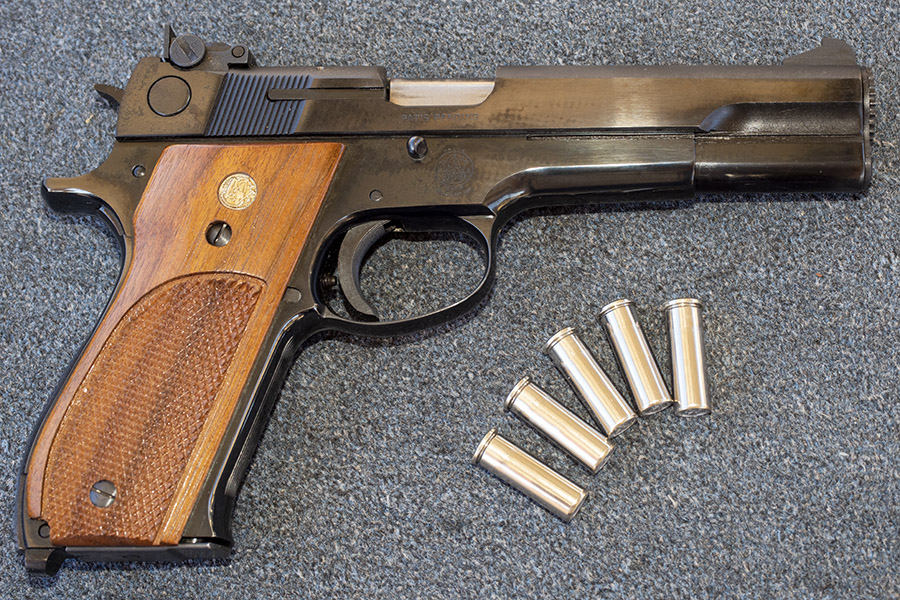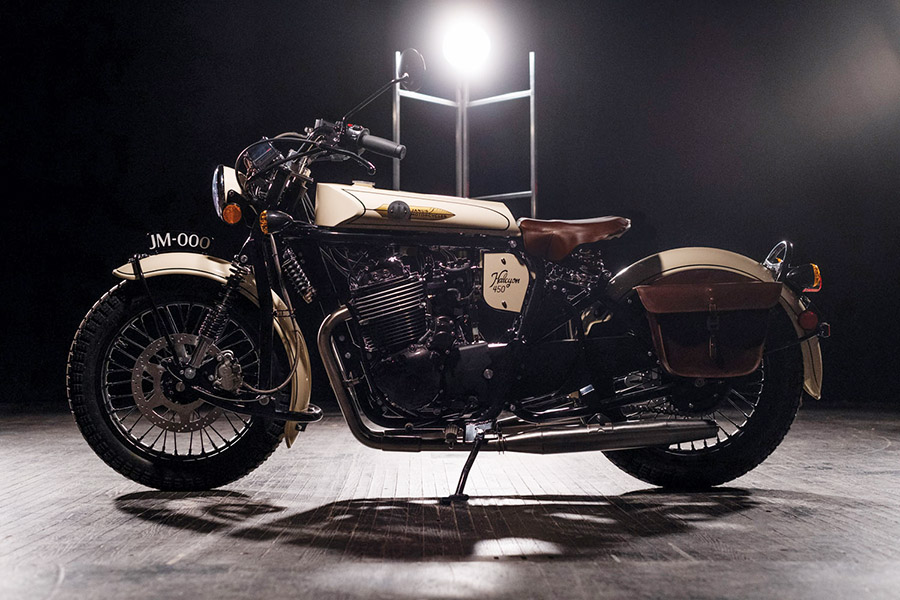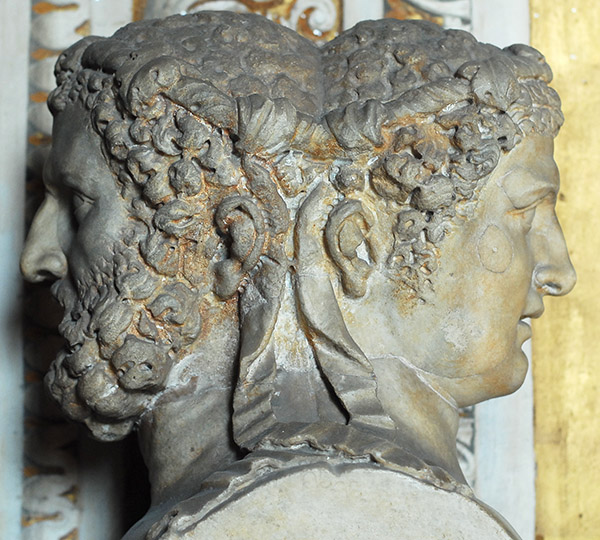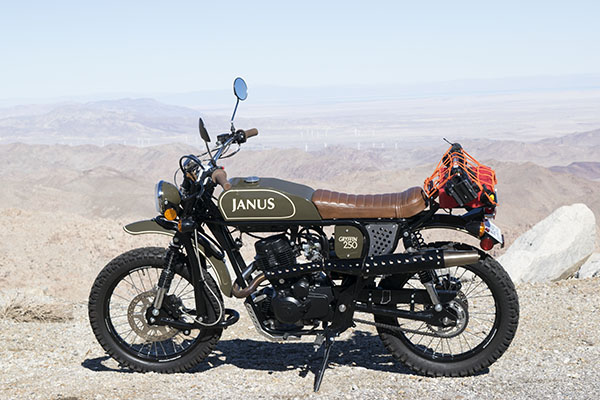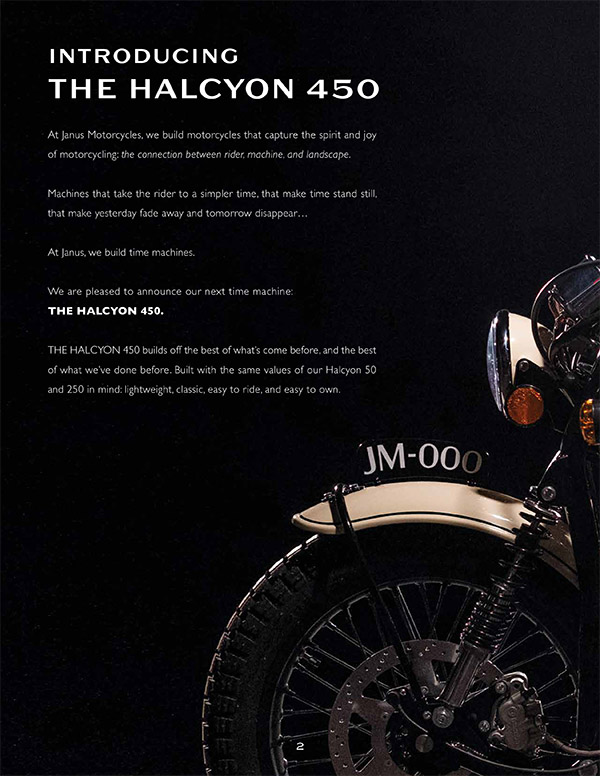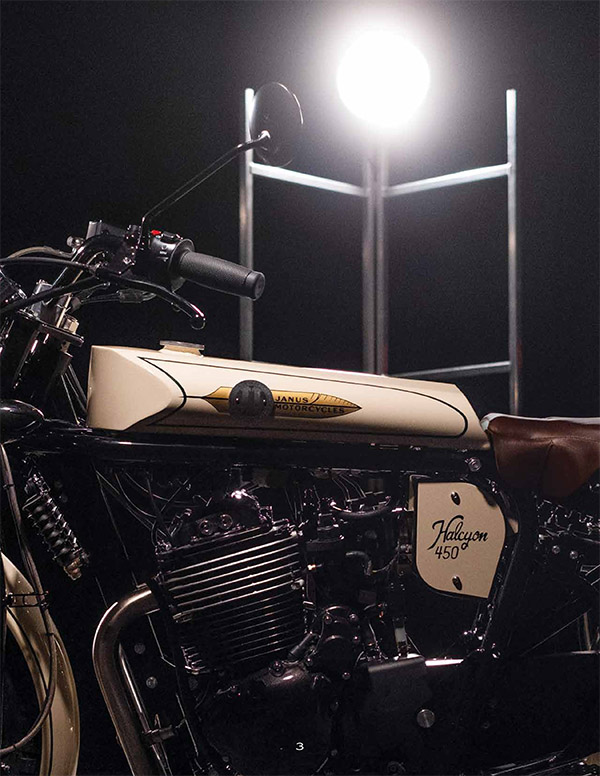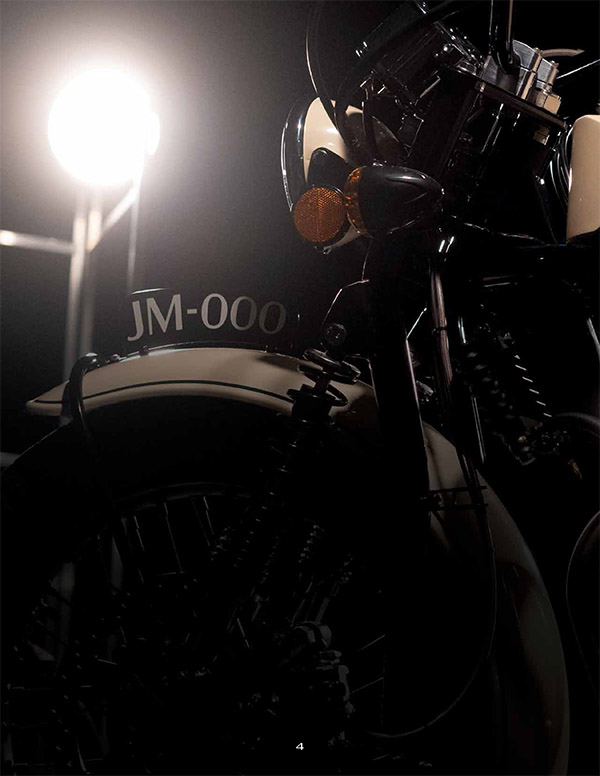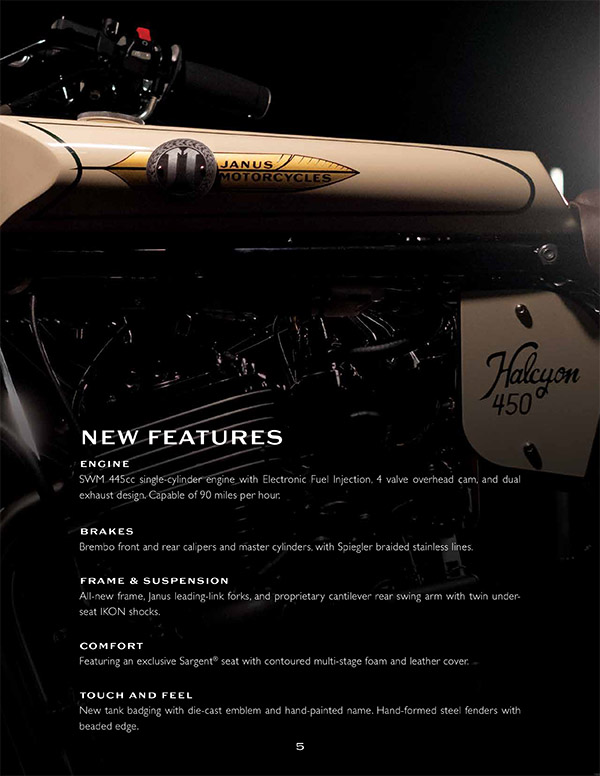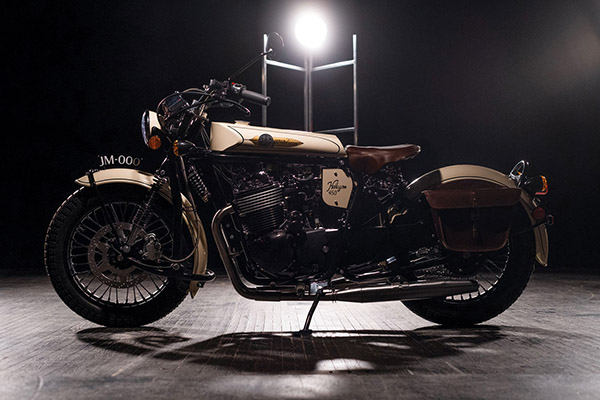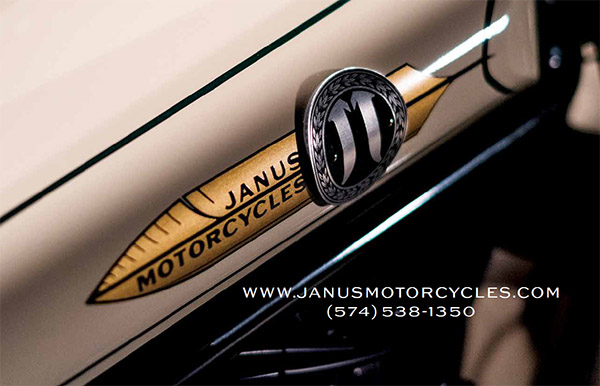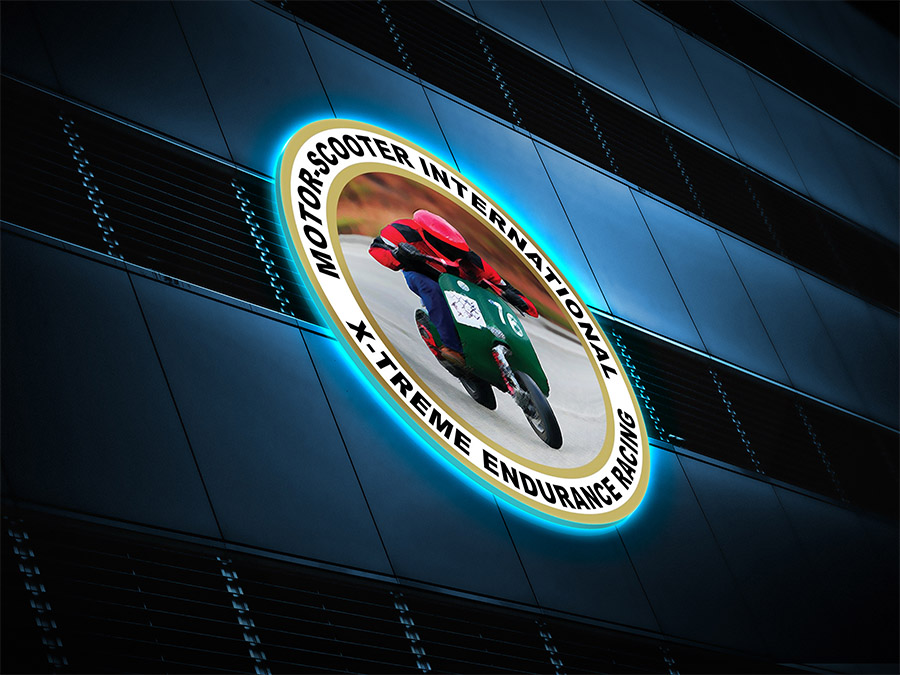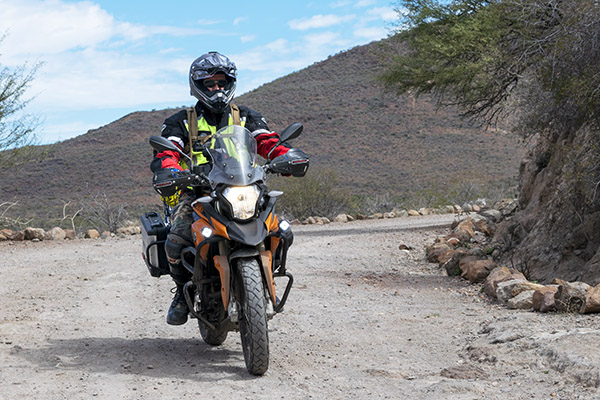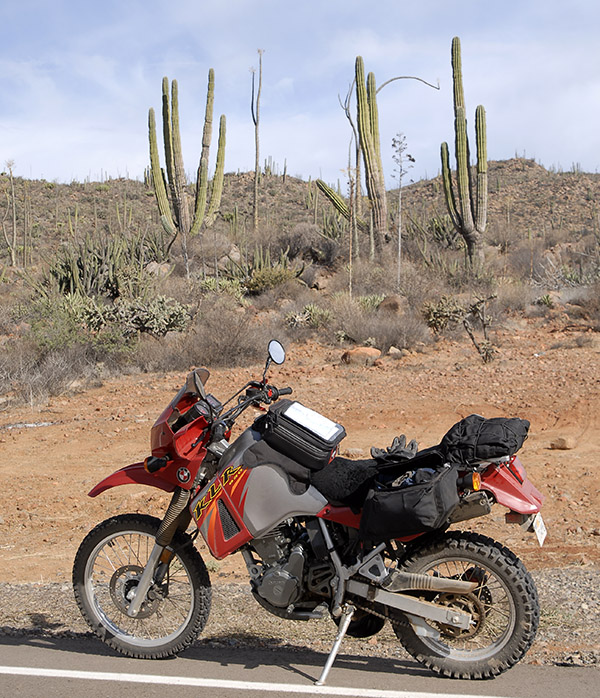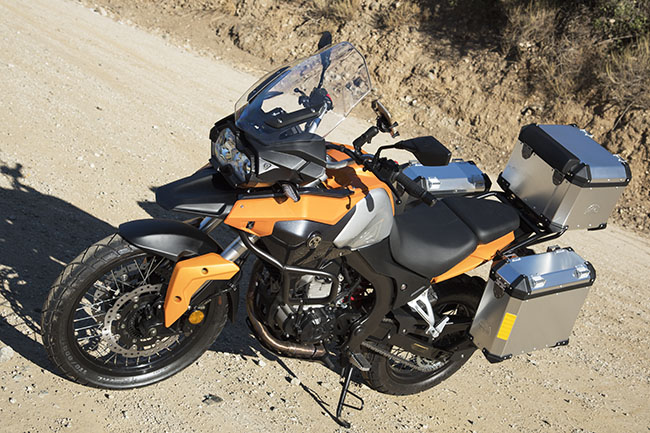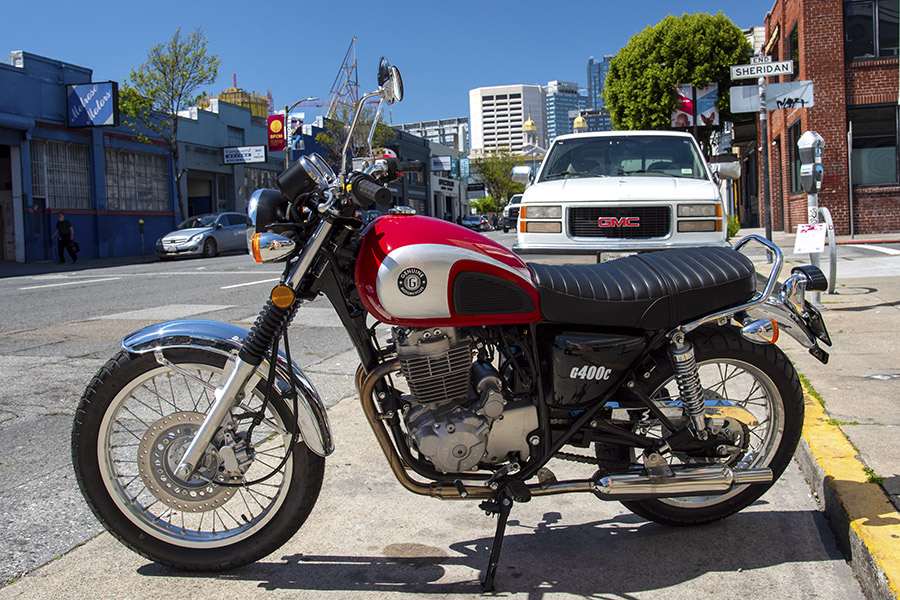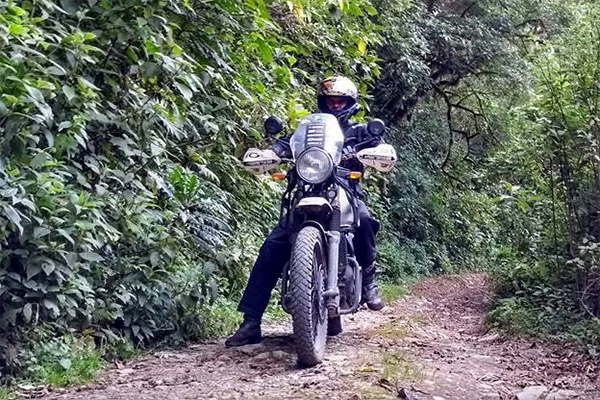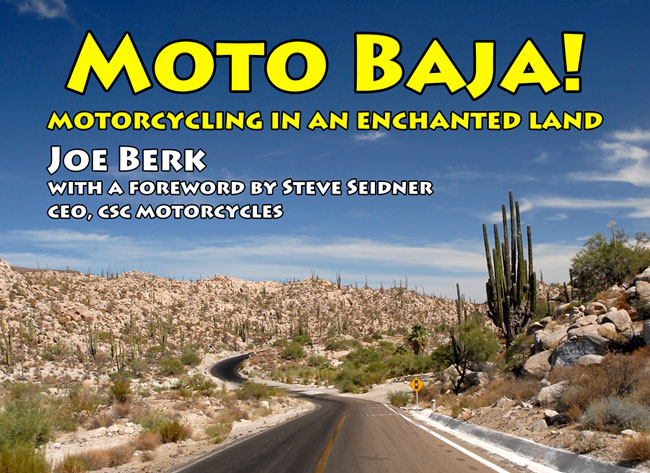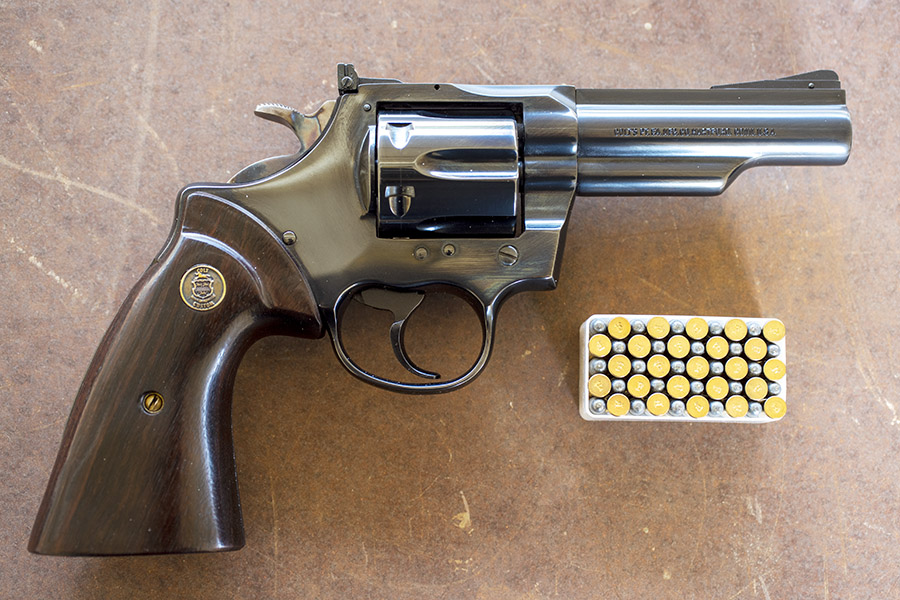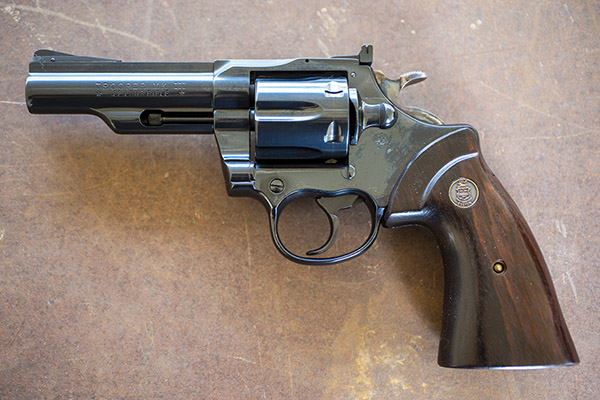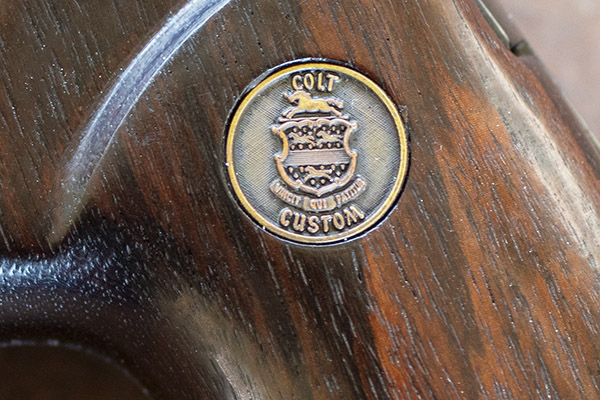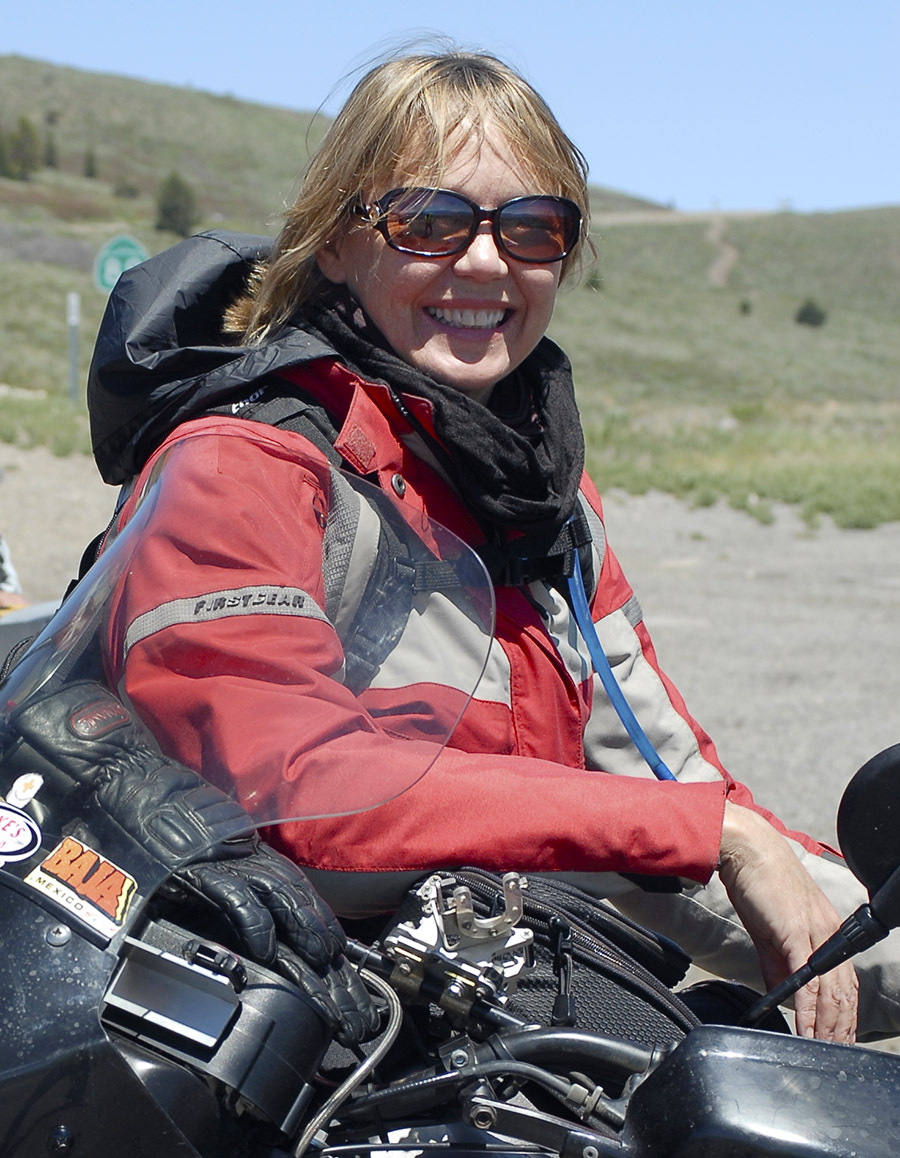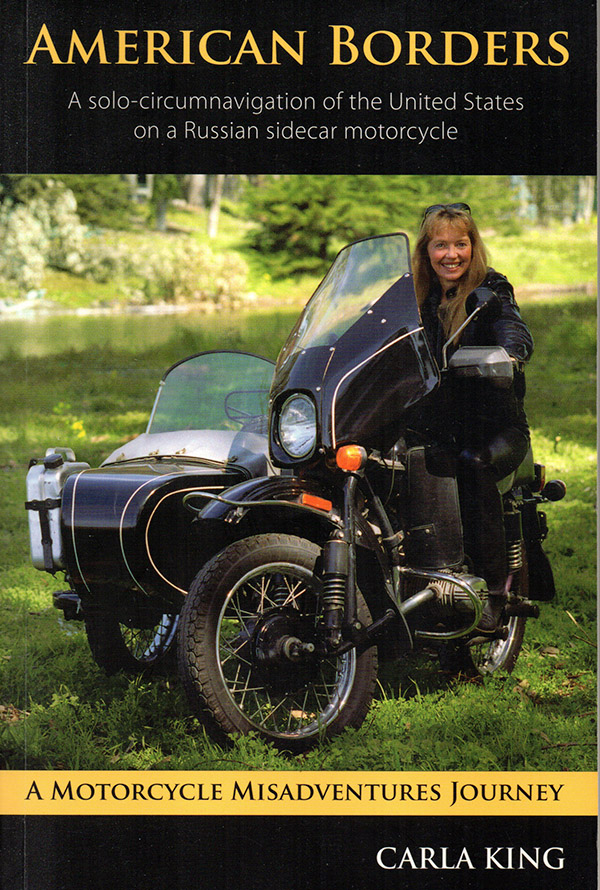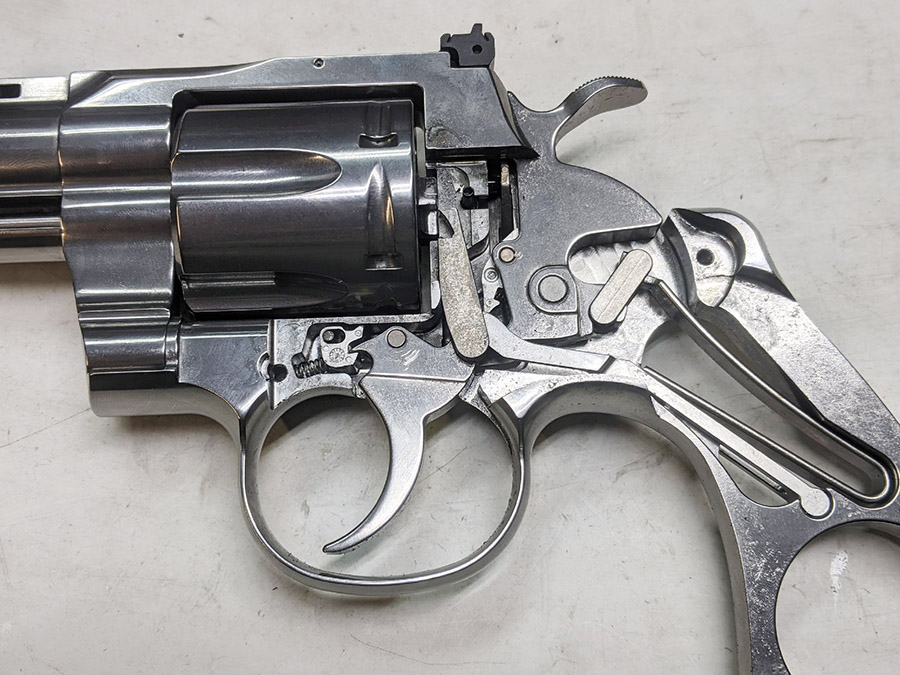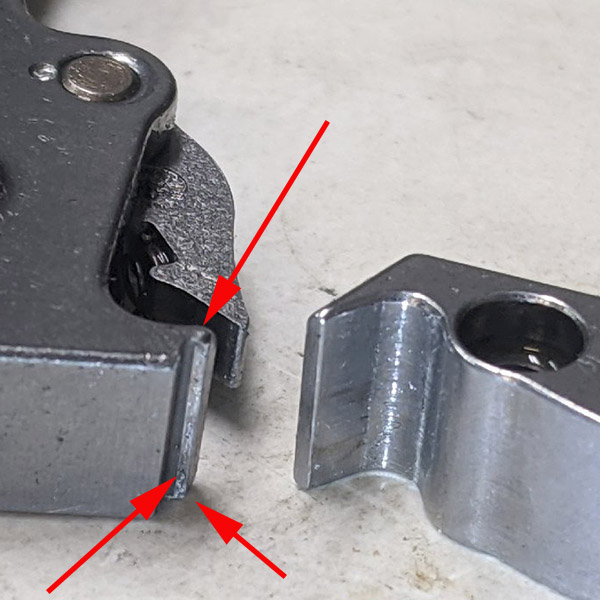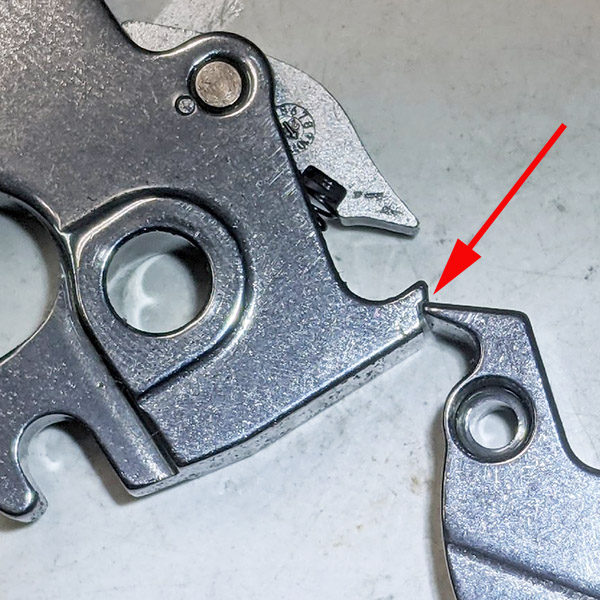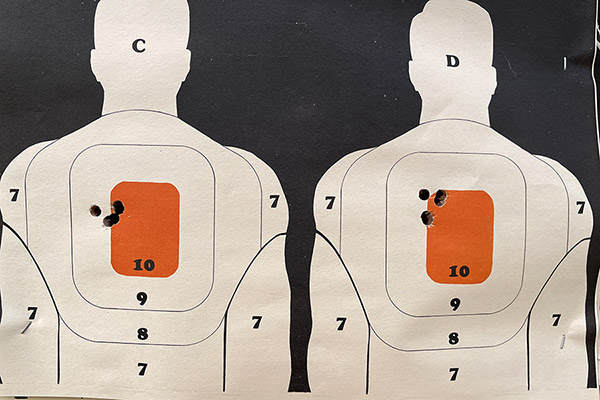I’m a lucky guy. One of the Holy Grail pieces in my collection is a Model 52 Smith and Wesson. These guns were discontinued nearly 30 years ago and a lot of folks (myself included) consider them to be the finest handguns ever manufactured. I had always wanted one, and finally, after pestering a good friend relentlessly, he agreed to sell me his.
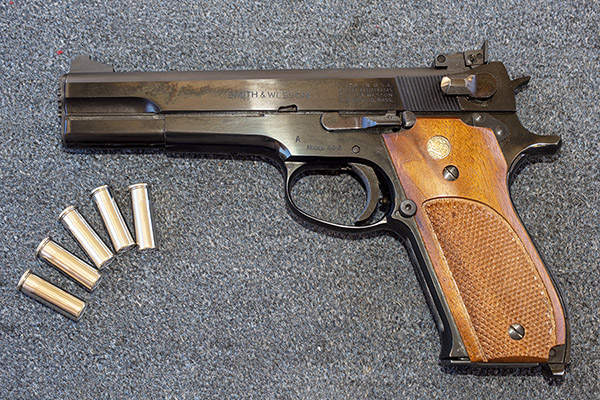
The Model 52 was built as a no-compromise bullseye target handgun chambered for mid-range .38 Special wadcutter ammunition. What that means is that it’s not a duty weapon or a concealed carry weapon. It’s a full-sized, 5-inch-barreled, adjustable sights, tightly-clearanced handgun with but one objective in mind: Shooting tiny groups with wadcutter ammo.
The .38 Special cartridge has been around forever, and the target variant uses a wadcutter bullet. One of my friends saw these and commented that it was odd-looking ammo, and I guess if you’re not a gun nut it probably is. The bullets fit flush with the case mouth, and because of the sharp shoulder at the front of the bullet, they cut a clean hole in the target (hence the “wadcutter” designation).
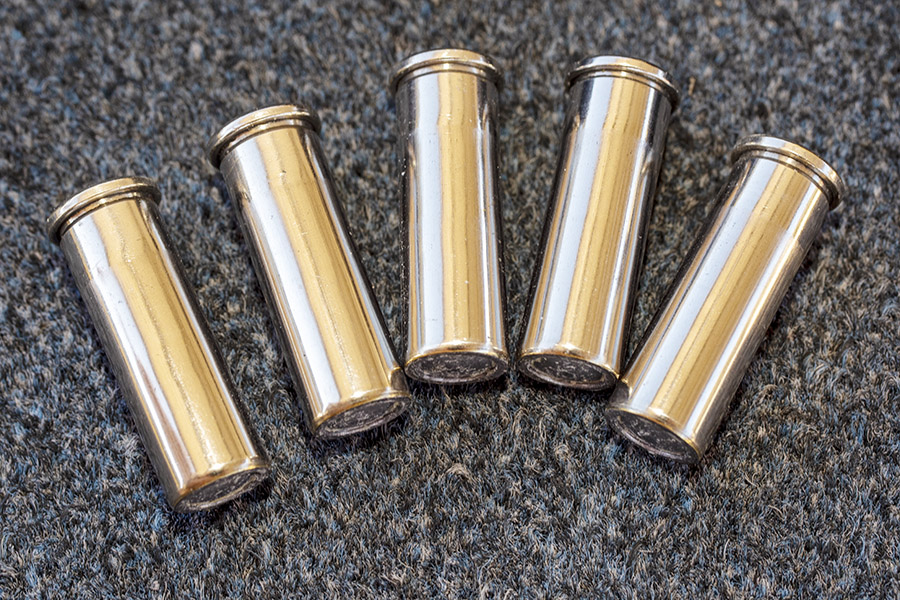
I love reloading .38 Special wadcutter ammo, especially now that I am doing so on my resurrected Star reloader. You can read about that here.
You can see the clean holes cut by the wadcutter bullets in the target below, and that’s a typical target for me when I’m on the range with the Model 52. What you see below is a target with 25 shots at 25 yards shot from the standing position.
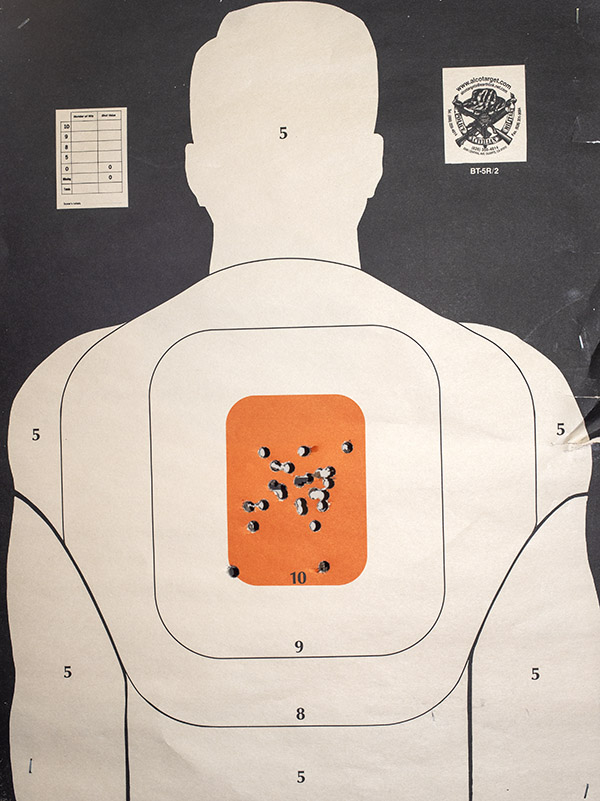
Yeah, I know, 2 of the 25 shots were a bit low in the orange bullseye. A gnat landed on my front sight twice during the string of 25. (That’s my story and I’m sticking to it.)
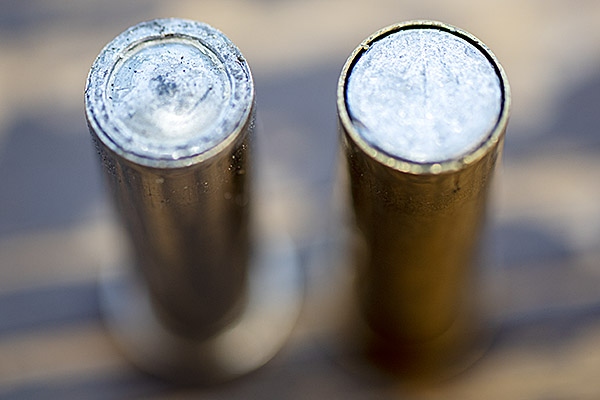
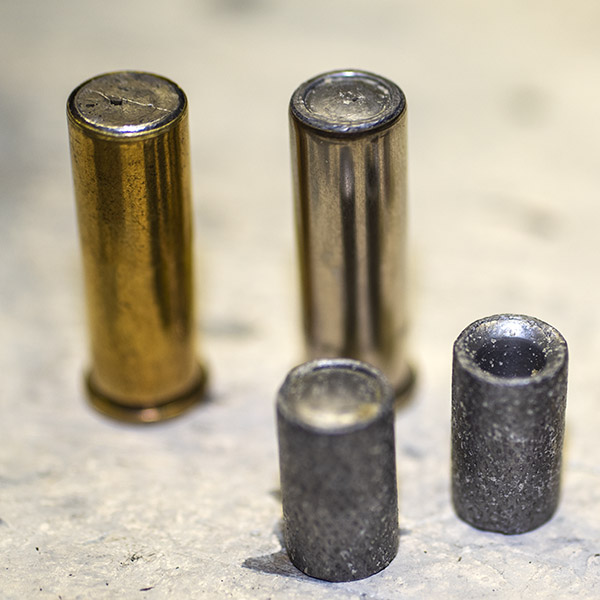
Next question: Which is more accurate in the Model 52, the hollow-base wadcutters or the double-ended wadcutters? The two I tried are the Missouri cast double-ended wadcutter, and the Hornady swaged hollow-base wadcutter. Here’s what they look liked (with me behind the gun) on a set of 50-ft targets:
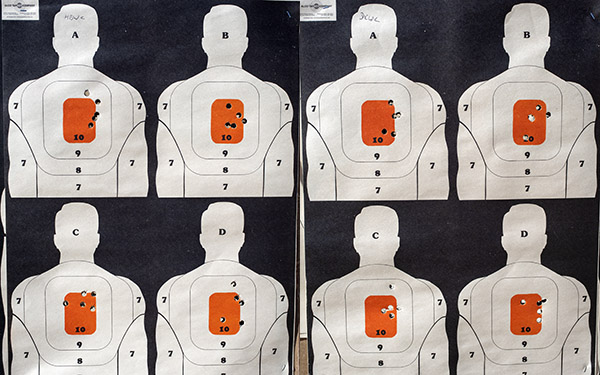
And here’s the group size data from the 16 five-shot groups I fired a couple of days ago (all dimensions are in inches). It was all focused on answering the question: Which is more accurate? Hollow-base wadcutters, or double-ended wadcutters?
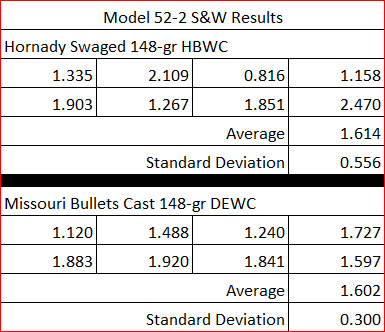
The load was 2.7 grains of Bullseye, a CCI 500 primer, and mixed brass for all of the above groups. They were all shot at 50 feet. So, to answer the accuracy question, to me the difference is trivial (it’s less than a 1% difference when comparing hollow-base to double-ended wadcutter average groups). The standard deviation (a measure of the variability in the group size) was a little bigger for the hollow-base wadcutters, but the difference was probably a statistcal anomaly and it was more due to me, I think, than anything else.
Folks often wonder how the Smith and Wesson wizards managed to get a semi-auto to feed wadcutter ammo. It’s partly in the magazine design and partly in the ramping (but mostly in the magazine). The Model 52 magazine is designed to only hold 5 rounds, and if the bullet protrudes beyond the case mouth, it won’t fit into the magazine. The magazine holds the the top cartridge nearly perfectly in alignment with the chamber, and when the slide pushes the round forward, it glides right in. It will even do so with an empty case, as the video below shows.
The Model 52 was first introduced by Smith and Wesson in 1961. It was based on Smith’s 9mm Model 39, but it had a steel frame (instead of an aluminum frame, although Smith also made a small number of Model 39s with steel frames), a 5-inch barrel (instead of the 39’s 4-inch barrel), and target-grade sights adjustable for windage and elevation (instead of the 39’s windage-adjustable-only sights). The original Model 52 had the Model 39’s double action first shot capability, although I’ve never seen a no-dash Model 52. In 1963 Smith incorporated a better single-action-only trigger and the 52 became the 52-1, and then in 1970 it became the 52-2 when Smith incorporated a better extractor. Mine is the 52-2.
I was lucky…when my friend sold the Model 52 to me, he had the complete package: The original blue Smith and Wesson box, the paperwork that came with the new gun, and all of the tools and accessories (including the barrel bushing wrench).
You might be wondering: Which is more accurate? The Model 52 Smith and Wesson, or the new Colt Python? They are both fine and accurate handguns, but in my hands and after coming back from good buddy TJ and TJ’s Custom Gunworks with a crisp single-action trigger, the Python gets top billing in the accuracy department. You can read about the Python’s accuracy with wadcutter .38 Special ammo here.
Never miss any of our ExNotes blogs on guns, bicycles, motorcycles, construction equipment, product reviews, and all the rest. Subscribe for free here!
More Tales of the Gun? You bet!
Click on those popup ads!

